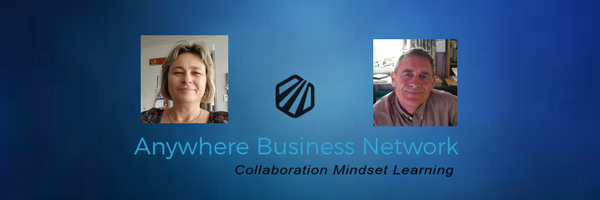Whether you are an employee, self employed or employer, you will be able to identify with the word engagement. The term employee engagement is a term we all need to regognise. Its what motivates us. It is my hope you will reflect on how you can apply this to your work life.
Employee engagement is not an exact science. To determine what strategies to use we tend to use our own experience, positive psychology and a good amount of research into what is working well in other businesses.
At the core of employee engagement, similar to any company’s foundation, are some values. Company values determine the why, how and what of that company. Similarly, personal values are the why, how and what that drives their engagement with the company.
One of the things new research suggests enhances engagement is value congruence. Value congruence is the extent to which the individual can behave at work consistent with his or her own self-image. It is very difficult to experience meaningfulness in your work if you are expected to behave in ways that are inconsistent with your values. When employees find that their role expectations require behaviours that they feel are inappropriate for their preferred self-image, they feel devalued, taken advantage of, and less willing to give themselves to their work roles.
So, after doing some research on ideas which may assist managers in need of some inspiration to engage their employees here are 10 ideas I liked:
1. Reward for alignment of company values
Reward staff where they demonstrate alignment with the company’s values. This could be as simple as a bar of chocolate for every person nominated by a member of staff or it could be every month and based on a process.
2. Team values
When you set your own game rules playing can be a lot more fun. Team synergy is not an easy objective to attain, and takes time. However, it is essential to your team objectives and to the overall output of the team. Having teams create a team culture, based on 2-3 commonly agreed values or ground rules can help nurture and speed up that process.
3. Encourage personal projects
Give employees a 1-2 h/ day window to pursue their own projects. Having people from different departments connecting and bouncing ideas can help get a new perspective. Projects and initiatives can get new directions, encouraging a creativity and energy flow that would only benefit the rest of the working hours.
4. Assign a buddy/mentor for every newcomer
An important part of the onboarding process is having someone answer some really important questions. Questions that someone may hesitate to ask their manager. Building a trustworthy relationship with someone with more experience in that company can help guide the newcomer. This way he or she can better adapt and grow part of the team.
5. Have team photos
Have photos of your team on a wall, or frame them around the office. Group photos, funny photos, events photos or random photos “snapped” when people weren’t watching. It’s a cultural element that can encourage and foster work relationships and employee engagement.
6. Encourage charity
Encourage teams to “team up” and raise money for that cause. The cause must be aligned with the company values. Alternatively, encourage individuals to nominate charities for which the Company will make a donation if they can show that the charities values align with the Company.
Better yet, encourage employees to apply to have a day to work for a charity. The application to have a day off to work for their chosen charity must explain how the charities value and the employees’ values align with the Company values to make it a win-win. The employee will receive their normal days’ pay.
7. Raise salaries or pay a bonus
Bear with me!
How much does it cost your business to recruit and train someone? How much time does it take managers and HR to hire a new employee?
Customers invest in their relationships with your staff too. How much does it cost in lost business when customers lose confidence in the business due to staff turnover and don’t come back. A company can reduce costs, increased revenues and improved the customer experience by developing employees to be more inspired and engaged. Use this cost saving and reward employees with an annual increase or service bonus.
8. Celebrate achievements- the glue
Big or small, they are the solid proof that the work people are putting in has meaning. No one can go through tasks and assignments for months, or even years without burning out. Refill their energy tanks with some recognition and celebrate their hard work. This is also a great way to glue together teams.
9. Celebrate people
A card on their birthdays, a morning tea for a retirement, a ceremony to welcome newcomers….there are plenty of important moments of showing them that they matter..
10. Get answers from your employees as well
Last but not least…This is related to feedback but it’s more of an indirect feedback. Employee surveys are a great way to monitor and analyse your teams and the overall workspace. You’ll get some essential information into what works and what you can improve.
Start with these 10 employee engagement ideas and build on that. Whether you have employees or you are an employee, the benfits of engagement in what you are doing and aligning it with your values will determine how happy you are in your work.
If you have any other ideas share them with us.
Link- COMPANIES SUCH AS GOOGLE AND VIRGIN ARE PRIME EXAMPLES OF EXTRAORDINARY EMPLOYEE ENGAGEMENT REAPING REAL BENEFITS. FIND OUT HOW THESE, AND OTHER LEADING COMPANIES, ARE GETTING THE MOST OUT OF THEIR EMPLOYEES. http://www.managers.org.uk/insights/news/2015/december/six-companies-that-get-employee-engagement-and-what-they-do-right
Kerri Bainbridge
One half of the Anywhere Business Team NZ





